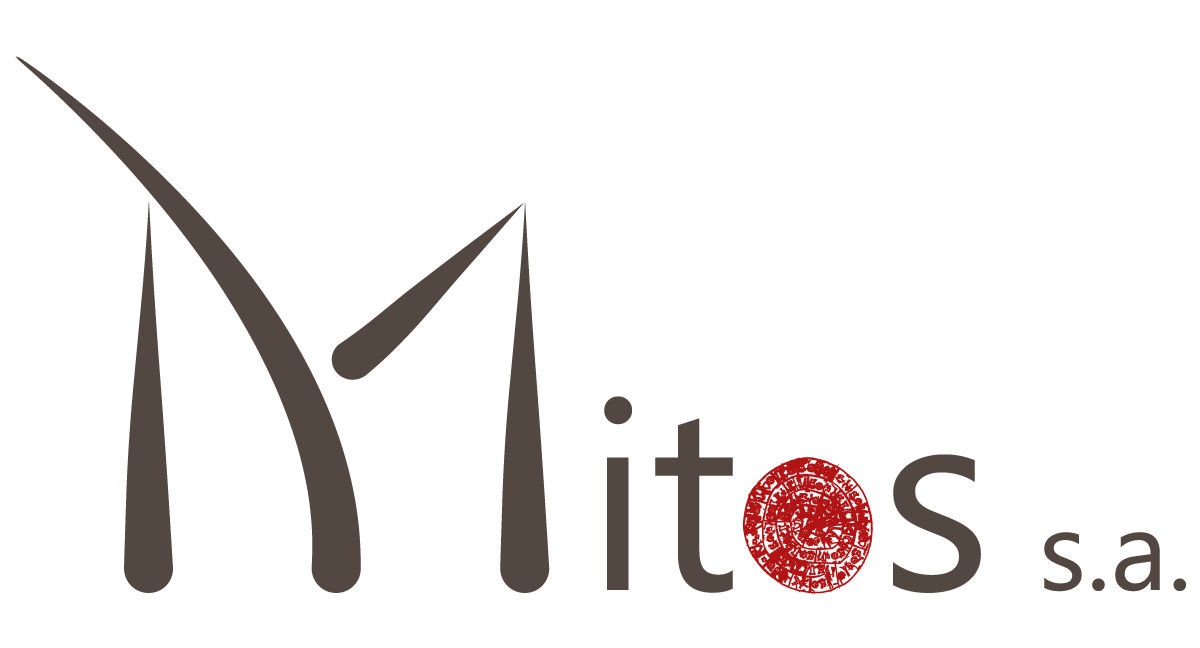Βλέπετε μια παλιά εκδήλωση. Η πώληση εισιτηρίων και η υποβολή εργασιών έχουν κλείσει.
Achilles Kappis, Jordan Cheer, Jihui (Aimee) Zhang
In conventional local Active Noise Control (ANC) systems, microphones must be placed directly where the sound field needs to be controlled. However, this is often impractical in many applications, such as the active headrest. To overcome this issue, Virtual Sensing (VS) methods are employed to project the control point from the location of physical sensors to the desired position. The Remote Microphone Technique is used in this study to estimate the sound field at a location remote from the physical sensors. This involves calculating an observation filter in a preliminary identification stage, which is then used during operation of the system to estimate the sound field at the position of interest from the measured signals.
Traditionally, omnidirectional microphones are used in the design and implementation of ANC and VS systems. However, this study aims to build upon previous findings in the literature that suggest knowledge of pressure and pressure gradient can provide significant advantages to the estimation process. To acquire estimates of the pressure gradient at the position of the physical sensors, multi-microphone configurations are used in this work, as omnidirectional microphones are sensitive to pressure only.
Expanding upon prior research on estimation with linear and circular microphone arrays, similar configurations have been implemented where multi-microphone sub-arrays have replaced each microphone in the array. Frequency domain simulations have been conducted where the optimal unconstrained observation filters have been calculated for a single-frequency sound field generated by multiple wide-sense stationary uncorrelated random noise sources situated on a circle around the area where estimation is required. The performance of the configurations is evaluated based on the spatial extent to which the estimation error is less than −10 dB, termed the estimation zone. Furthermore, the study explores the robustness of the multi-microphone configurations against perturbations and the effect regularisation has on the estimation performance.
The findings indicate that using multiple microphones per measurement position to incorporate the pressure gradient in the estimation process greatly improves performance, providing more accurate sound field estimation and greater spatial extension of the estimation zones. Estimation is improved along the direction of the pressure gradient estimate when this is available with higher-order estimates resulting in increased accuracy and larger zone extension. However, configurations with dense sub-arrays exhibit higher sensitivity to uncertainties, with setups providing high-order pressure gradient estimates being significantly affected by perturbations. Regularisation can partially alleviate the problem at the expense of decreasing the estimation performance, which results in smaller estimation zones.


